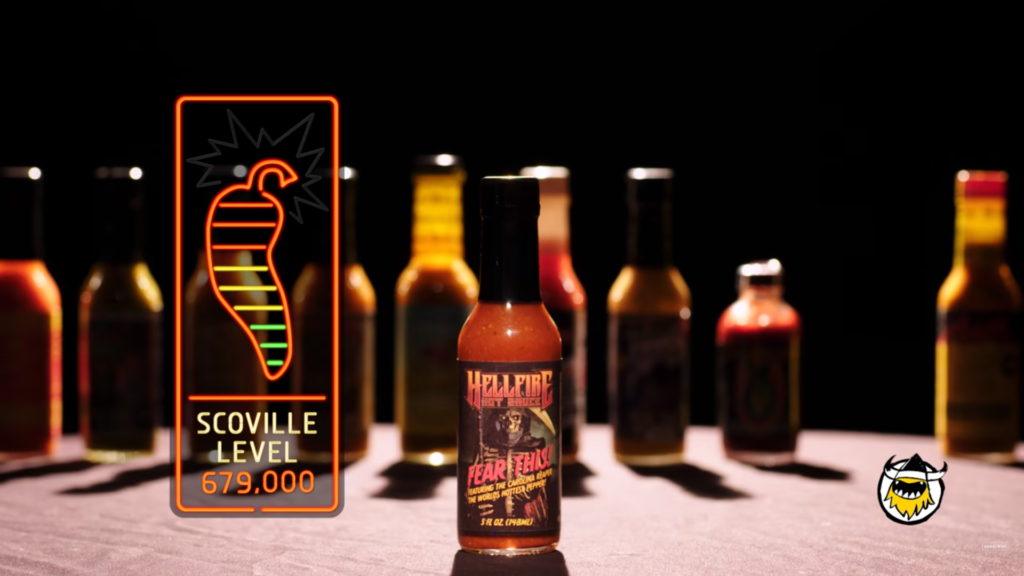How is the heat level of a hot sauce determined?

We often receive questions about the Scoville Heat Units of a particular sauce. Usually, we have to answer: we don’t know, because the maker of this hot sauce hasn’t officially tested it in a lab. Additionally, we have a few other reasons why we rarely mention the Scoville score of a sauce. But how do we determine how hot a hot sauce is and in which heat category we place the sauce?
This is how we determine how hot a hot sauce is
Since most sauces don’t have an official Scoville score, we’ve created 5 categories ourselves: mild, medium hot, hot, very hot, and extremely hot. Although spiciness is a very subjective concept, as it varies per person how spicy they find something, we try to clarify how spicy a particular sauce is based on these categories and our own experience. We’re aware that we might have a slightly higher heat tolerance than the average person, so we view it from that perspective.
- Mild: For true beginners, and despite being called “hot sauce” (because peppers are used), barely any heat is felt. This is really about the flavour.
- Medium hot: If you’re used to supermarket sambal, you can safely switch to this category. Sriracha, which you might know from the supermarket, is about the heat level you should think of. Sometimes it’s a bit hotter, but if you can handle sriracha, you can handle this category.
- Hot: From here it gets more serious and surpasses the heat you can score in the supermarket. It’s our favourite and most used category because the flavour can still flourish, followed by a nice burn that lingers for a while. You should already appreciate and accept the heat a bit when you start with this.
- Very hot: Now it gets really hot, and these sauces often contain the hottest peppers in the world, but in limited quantities. We, as seasoned hot sauce users, find this very hot, and if you’re not careful, it can really take over a dish. Take it easy!
- Extremely hot: This is for the real chiliheads, as these sauces often consist of a large percentage of the world’s hottest peppers. Intense heat that often lingers for about 10 minutes. Especially if you’re not often in this category, you won’t taste much of the sauce anymore, but mainly feel the pain. If you enjoy that, that’s great of course, but be prepared with cooling agents at hand!
This is how the thermometers work
By the way, with each hot sauce on our site you can see a handy thermometer that indicates which heat category the hot sauce falls into. We will also explain how they work, using the thermometers below. They range from mild to extremely hot (from left to right). Mild is green, medium hot is yellow, hot is orange, red is very hot and the dark red colour that runs all the way to the top (with a bang) is extremely hot.
You can also filter by heat category, so you only see the sauces you can handle. Are you not yet good with spicy food, but would like to grow towards a higher heat category? With these 5 steps, you’ll become better at eating spicy food.




